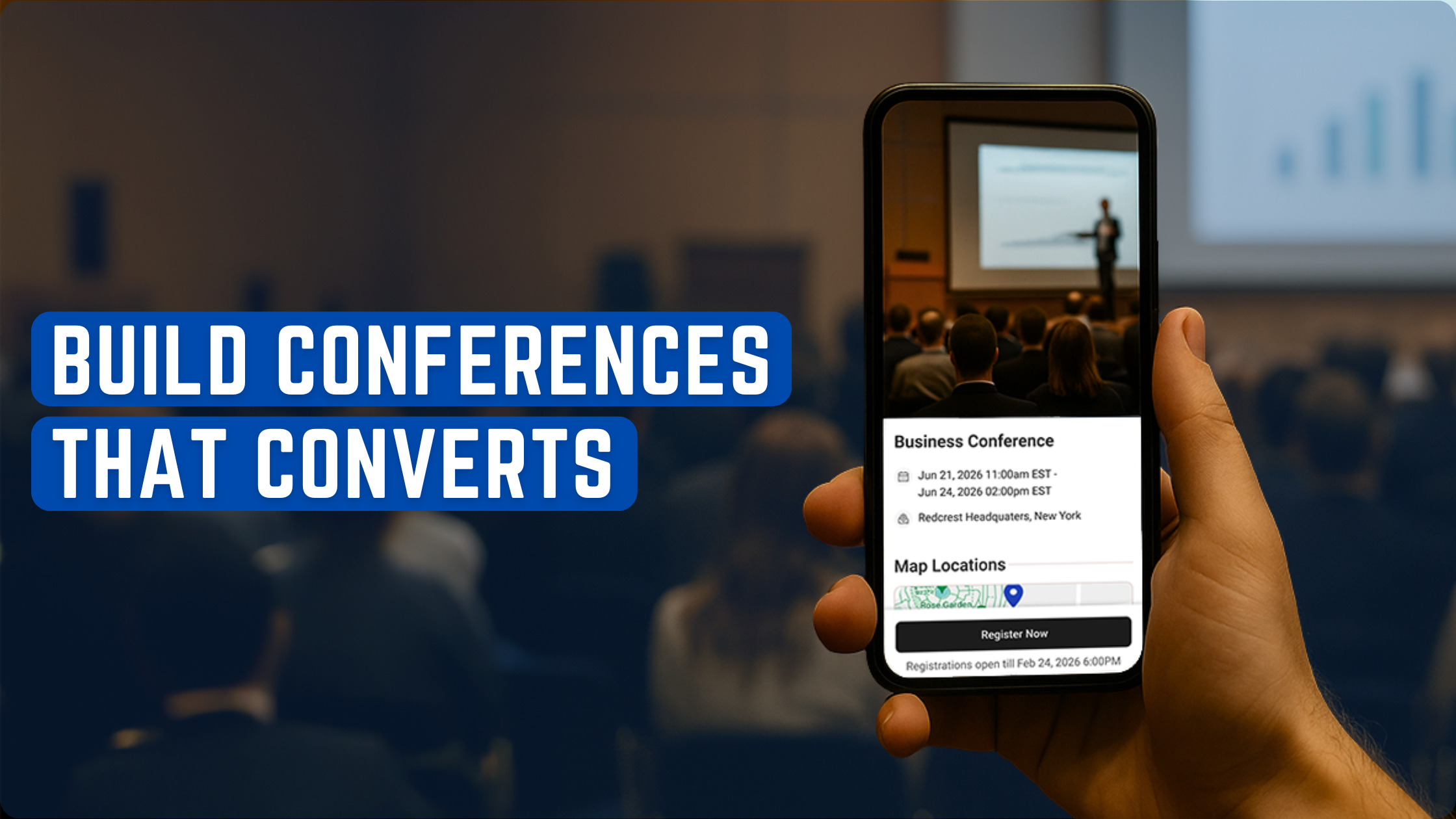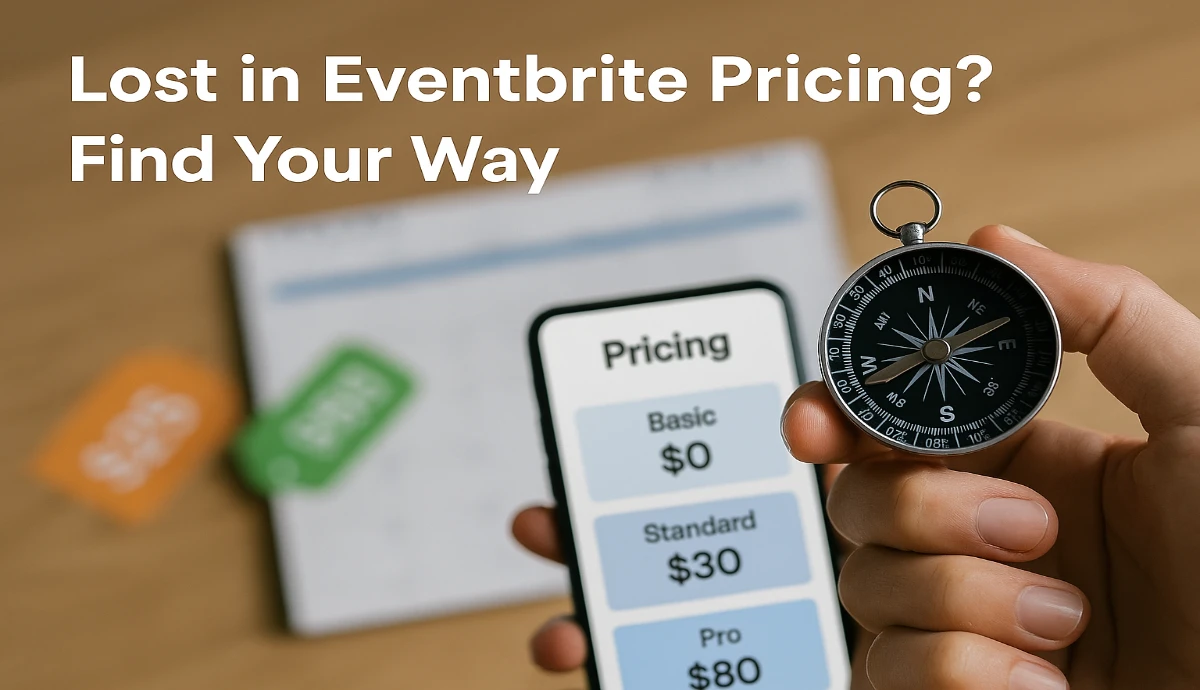Analyzing user behavior data from a networking event can be a daunting task. However, it is a crucial step in understanding the success of the event and how to improve future ones. By analyzing user behavior data, you can gain insights into attendee engagement, interests, and preferences.
To begin analyzing user behavior data from a networking event, you should first define your goals and objectives. What do you want to achieve from the event? Is it to generate leads, build brand awareness, or establish partnerships? Once you have defined your goals, you can identify the key performance indicators (KPIs) that will help you measure the success of the event. These could include metrics such as the number of attendees, the number of business cards exchanged, or the number of follow-up meetings scheduled.
Next, you should gather data from various sources such as registration forms, surveys, social media engagement, and event app usage. Analyze this data to identify patterns and trends in attendee behavior. For example, if you notice that attendees spent more time at certain booths or attended specific sessions, you can infer that those topics or exhibitors were of interest to them. This information can help you tailor future events to better meet the needs and preferences of your target audience.
Understanding User Behavior Data
Analyzing user behavior data from a networking event can provide valuable insights into the attendees' interests, preferences, and interaction patterns. By identifying key metrics, segmenting attendees, and analyzing interaction patterns, you can gain a deeper understanding of the event's success and areas for improvement.
Identifying Key Metrics
To analyze user behavior data from a networking event, you need to identify key metrics that align with your goals and objectives. These metrics can include the number of attendees, the duration of the event, the number of connections made, and the number of follow-up meetings scheduled. By tracking these metrics, you can measure the event's success and identify areas for improvement.
Segmentation of Attendees
Segmenting attendees based on their demographics, interests, and behavior can help you understand their needs and preferences. You can segment attendees based on their job titles, industries, geographic locations, and interests. By segmenting attendees, you can tailor your marketing messages, content, and follow-up activities to their specific needs and interests.
Interaction Patterns
Analyzing interaction patterns can provide insights into the attendees' behavior and preferences. You can analyze the number of connections made, the duration of the conversations, the topics discussed, and the follow-up actions taken. By analyzing these patterns, you can identify the most popular topics, the most engaged attendees, and the areas for improvement.
In conclusion, analyzing user behavior data from a networking event can provide valuable insights into the attendees' interests, preferences, and interaction patterns. By identifying key metrics, segmenting attendees, and analyzing interaction patterns, you can gain a deeper understanding of the event's success and areas for improvement.
Analyzing and Interpreting Data
Once you have collected data from your networking event, it's time to analyze and interpret the data to gain insights that will help you make informed decisions for future events. In this section, we will discuss some key aspects of data analysis and interpretation.
Qualitative vs Quantitative Analysis
There are two main types of data analysis: qualitative and quantitative. Qualitative analysis involves interpreting non-numerical data such as open-ended survey responses or feedback. On the other hand, quantitative analysis involves interpreting numerical data such as attendance numbers or ticket sales.
Both types of analysis are important for gaining a complete understanding of your event. Qualitative analysis can provide valuable insights into attendees' opinions and experiences, while quantitative analysis can help you identify trends and patterns in attendance and ticket sales.
Behavioral Trends and Patterns
Analyzing behavioral trends and patterns can help you identify areas where your event is succeeding and areas where it could improve. For example, if you notice a trend of attendees leaving early, you may want to consider adjusting the event schedule or adding more engaging activities to keep attendees interested.
Another important aspect of analyzing behavioral trends and patterns is identifying your most engaged attendees. By analyzing data such as ticket sales and attendance, you can identify individuals or groups who are most likely to attend future events and target them with personalized marketing efforts.
Leveraging Data for Strategic Decisions
The insights gained from analyzing your networking event data can be used to make informed decisions for future events. For example, if you notice that a particular session was particularly popular, you may want to consider expanding the topic or offering a similar session at future events. Alternatively, if you notice a trend of low attendance for a particular type of session, you may want to consider eliminating it from future events.
By leveraging your data to make strategic decisions, you can improve attendee experiences, optimize event schedules, and ultimately increase the success of your networking events.
Related Posts:
- Create Memorable Events with Ticket Templates
- Send Custom Tickets Seamlessly with the Ticket Generator
- Generating Event Insights Made Easy
- Streamlined Ticket Validation with the Ticket Generator
Conclusion
In conclusion, analyzing user behavior data from a networking event can provide valuable insights that can help you improve your future events. By tracking metrics such as attendance, engagement, and feedback, you can identify areas of improvement and make data-driven decisions.
One effective way to analyze user behavior data is to use a spreadsheet or a data visualization tool to organize and present the data in a clear and concise manner. You can create tables, charts, and graphs to highlight key insights and trends, and use bold and italic formatting to make important information stand out.
Another important aspect of analyzing user behavior data is to consider the context in which the data was collected. For example, if attendance was low for a particular session, it may be because it was scheduled at the same time as a popular keynote speaker. By taking into account external factors that may have influenced the data, you can gain a more accurate understanding of the user behavior.
Overall, analyzing user behavior data from a networking event can be a valuable tool for improving future events and enhancing the user experience. By using data-driven insights to make informed decisions, you can create events that are more engaging, informative, and enjoyable for your attendees.






.gif)





